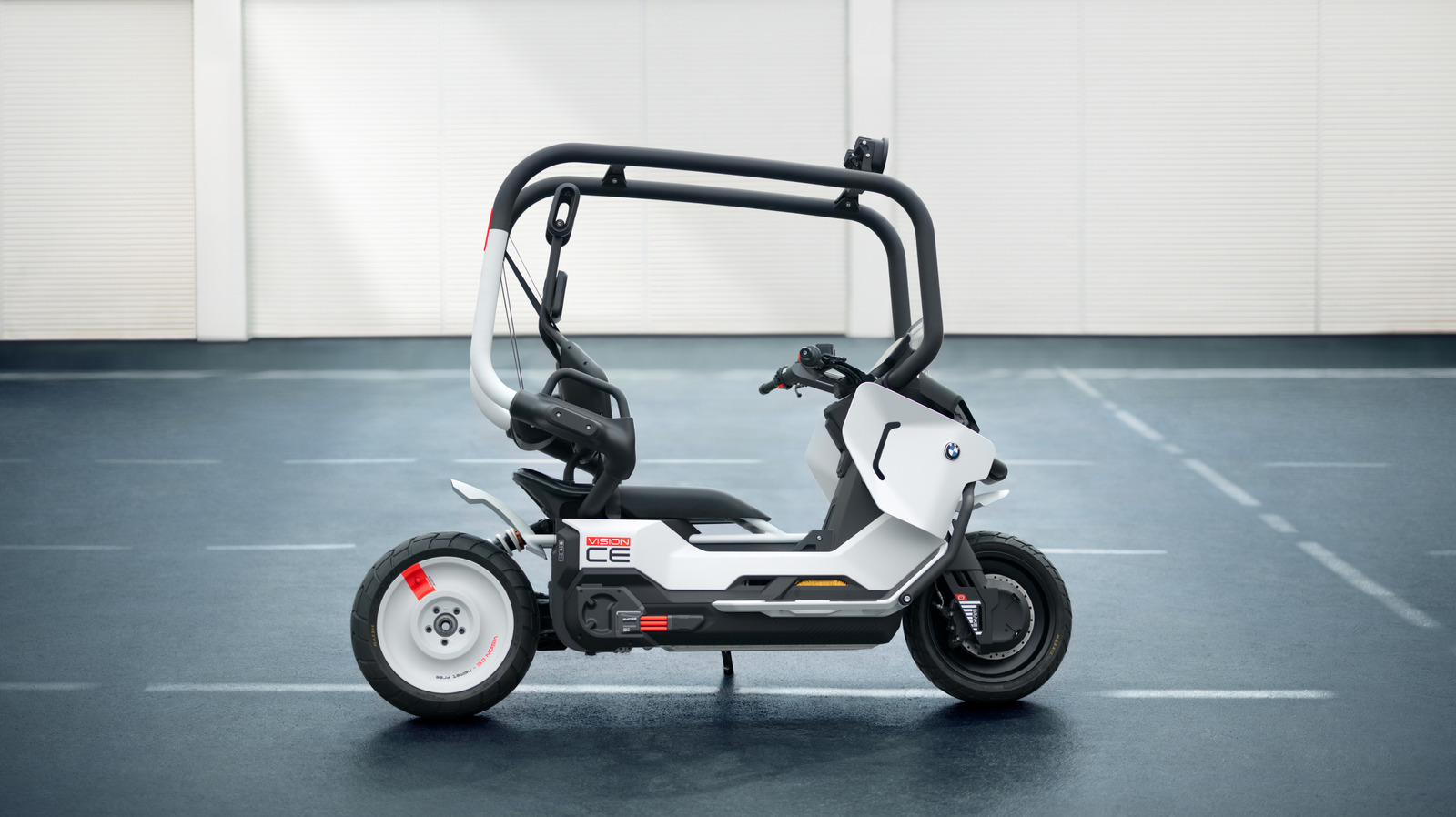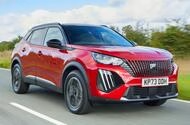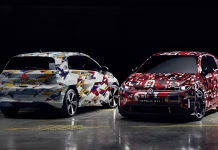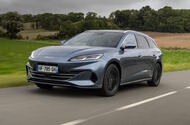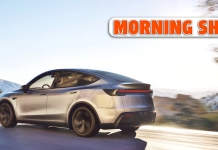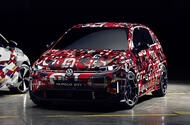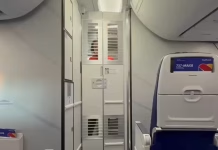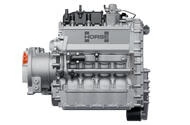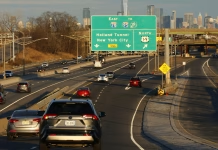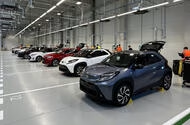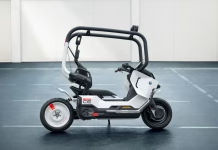Peugeot 2008 Hybrid Review Is This Compact Crossover the Smartest Choice for Practical Drivers
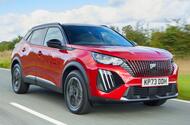 Middling small crossover now offers economy-enhancing electrification. Is the hybrid the pick of the line-up? If you want high sales volumes in the car industry today, the best thing to do is think compact, as in compact crossovers.These machines cater to buyers who like their hatchback to masquerade as a jacked-up soft-roader without sacrificing on practicality and low running costs – and the Peugeot 2008 was one of the first to jump into this burgeoning sector back in 2013. Now in its second generation, the 2008 rides on Peugeot's Common Modular Platform (CMP), which means it can be had with combustion, hybrid or electric power (reviewed separately as the e-2008).Plug-in hybrid power is saved for bigger Peugeot models (and those from Citroën, DS and Vauxhall, which along with Peugeot belong to the Stellantis super-group).The 2008 may have been one of the original models to make its mark on this sector, but it now has a whole range of competitors in its crosshairs, such as the UK best-selling Ford Puma, Renault Captur and Toyota Yaris Cross. So, how does it stack up? Let’s find out. The Peugeot 2008 range at a glancePeugeot’s smallest SUV is available in either Allure, GT and GT Premium trim, all of which can be had in petrol, hybrid or electric form. The entry-level Allure trim arrives with 17in diamond-cut alloy wheels, front and rear parking sensors and a 10in infotainment touchscreen. Mid-rung GT models get full LED headlights, an HD reversing camera and leather touches inside, while range-topping GT Premium adds 18in alloys, Alcantara upholstery and adaptive cruise control. Prices for the most basic petrol model start from just under £29,000, while the most expensive version, the electric GT Premium, can be had for £39,000.
Middling small crossover now offers economy-enhancing electrification. Is the hybrid the pick of the line-up? If you want high sales volumes in the car industry today, the best thing to do is think compact, as in compact crossovers.These machines cater to buyers who like their hatchback to masquerade as a jacked-up soft-roader without sacrificing on practicality and low running costs – and the Peugeot 2008 was one of the first to jump into this burgeoning sector back in 2013. Now in its second generation, the 2008 rides on Peugeot's Common Modular Platform (CMP), which means it can be had with combustion, hybrid or electric power (reviewed separately as the e-2008).Plug-in hybrid power is saved for bigger Peugeot models (and those from Citroën, DS and Vauxhall, which along with Peugeot belong to the Stellantis super-group).The 2008 may have been one of the original models to make its mark on this sector, but it now has a whole range of competitors in its crosshairs, such as the UK best-selling Ford Puma, Renault Captur and Toyota Yaris Cross. So, how does it stack up? Let’s find out. The Peugeot 2008 range at a glancePeugeot’s smallest SUV is available in either Allure, GT and GT Premium trim, all of which can be had in petrol, hybrid or electric form. The entry-level Allure trim arrives with 17in diamond-cut alloy wheels, front and rear parking sensors and a 10in infotainment touchscreen. Mid-rung GT models get full LED headlights, an HD reversing camera and leather touches inside, while range-topping GT Premium adds 18in alloys, Alcantara upholstery and adaptive cruise control. Prices for the most basic petrol model start from just under £29,000, while the most expensive version, the electric GT Premium, can be had for £39,000. Volkswagen Unveils Fresh EV Naming Strategy with Real Names Replacing Numbers
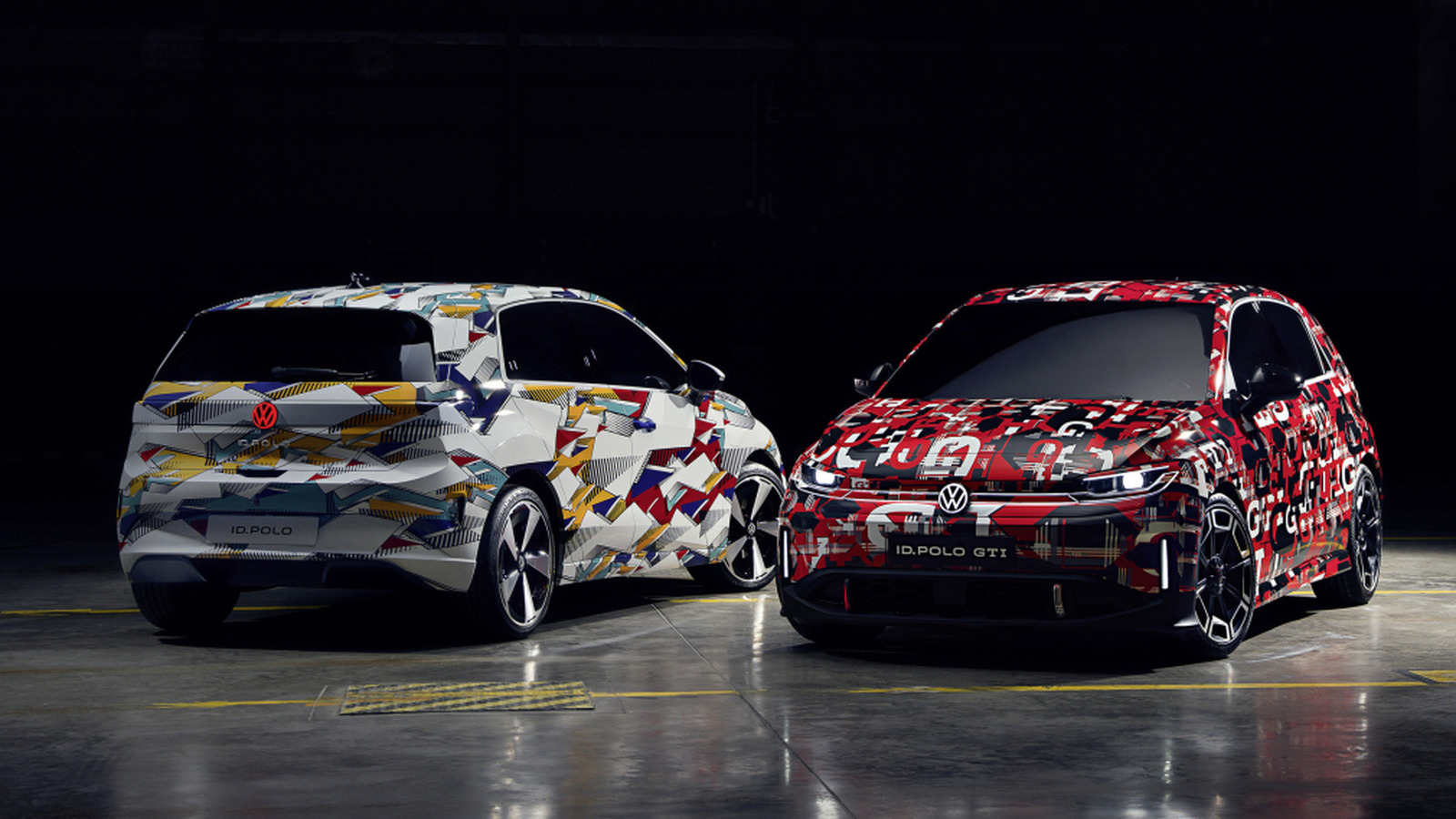
BYD Seal 6 DM-i Brings Plug In Hybrid Innovation to the Estate Car Market
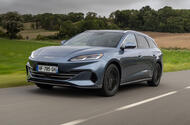 Seal family grows with a plug-in hybrid estate Volvo may be wavering, but BMW, Audi, Peugeot and a bunch of others still believe estate cars are worth doing, even if it’s only the European market that’s really interested. Now BYD is joining the fold with the Skoda Superb-sized Seal 6 DM-i.As ever, BYD’s naming isn’t the most straightforward. The Seal 6 doesn’t share anything with the BYD Seal saloon that we know already. Whereas that is a natively rear-driven EV, the Seal 6 is always a front-driven plug-in hybrid. As such, it’s much more closely related to the BYD Seal U DM-i SUV.Still following? DM-i stands for Dual Mode Intelligent, because BYD’s PHEV system is quite different to the one in the Superb. Whereas that is fundamentally a petrol car with a massive battery and an electric motor in the gearbox, BYD PHEVs are closer in concept to a range-extender EV.
Seal family grows with a plug-in hybrid estate Volvo may be wavering, but BMW, Audi, Peugeot and a bunch of others still believe estate cars are worth doing, even if it’s only the European market that’s really interested. Now BYD is joining the fold with the Skoda Superb-sized Seal 6 DM-i.As ever, BYD’s naming isn’t the most straightforward. The Seal 6 doesn’t share anything with the BYD Seal saloon that we know already. Whereas that is a natively rear-driven EV, the Seal 6 is always a front-driven plug-in hybrid. As such, it’s much more closely related to the BYD Seal U DM-i SUV.Still following? DM-i stands for Dual Mode Intelligent, because BYD’s PHEV system is quite different to the one in the Superb. Whereas that is fundamentally a petrol car with a massive battery and an electric motor in the gearbox, BYD PHEVs are closer in concept to a range-extender EV.Tesla Stumbles in India While Hyundai Thrives and Acura Bets on Crossovers
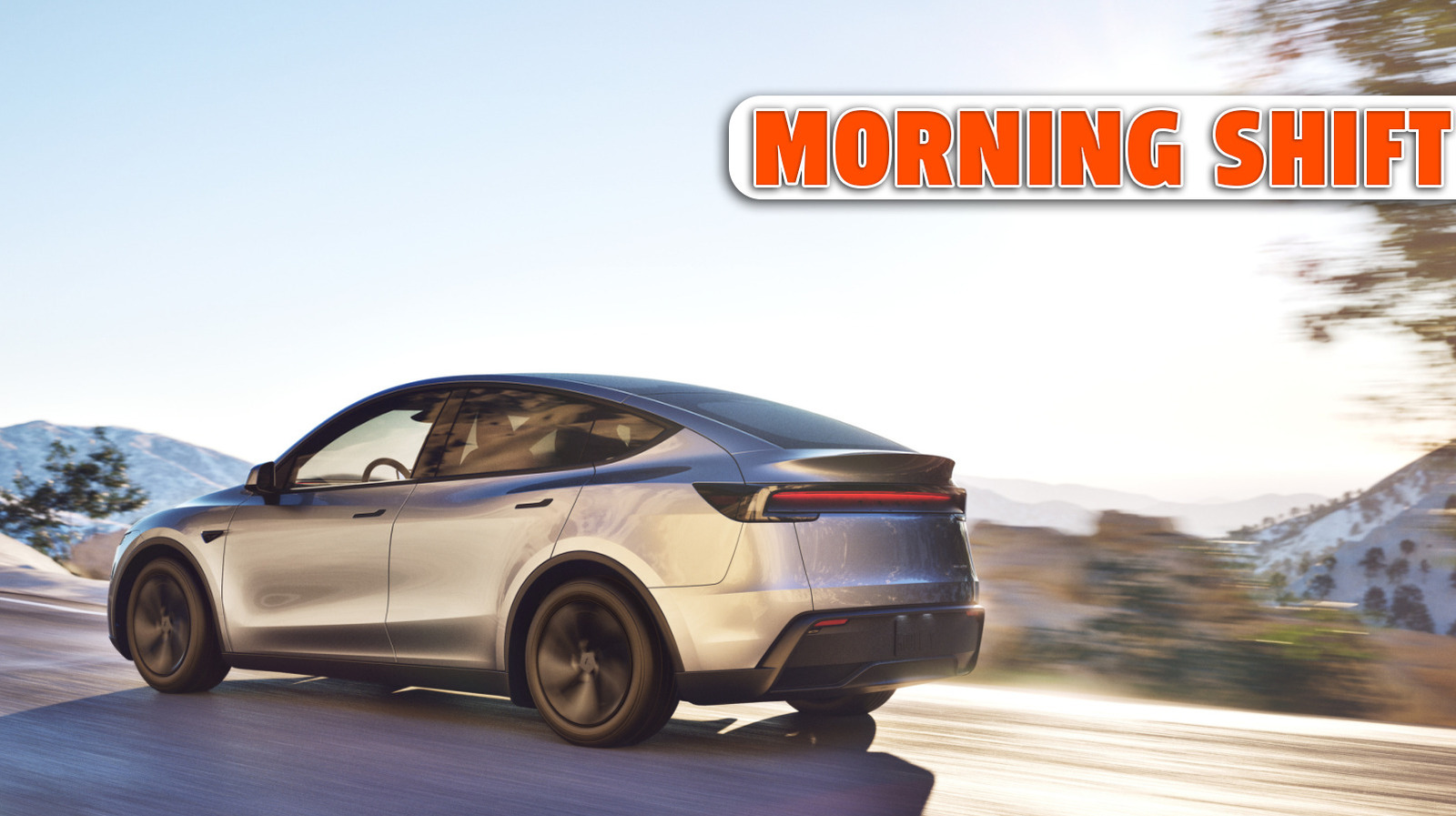
Volkswagen Unveils ID Polo GTI Electric Hot Hatch with 223bhp Arriving in 2027
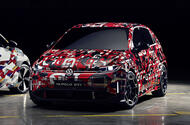 Previewed last year by the ID GTI concept, the hot electric Polo be the first EV to wear the GTI badge
Previewed last year by the ID GTI concept, the hot electric Polo be the first EV to wear the GTI badge
The Volkswagen ID Polo GTI will arrive in 2027 as the German brand’s first proper attempt at an electric hot hatch, packing 223bhp.
Previewed by last year’s ID GTI concept, the sporty EV was confirmed on Wednesday as Volkswagen announced that the production version of the ID 2all concept will be named the ID Polo.
The ID Polo GTI – the first time EV to wear the GTI badge – will be based on the same electric only MEB Entry platform as the ID Polo, which is driven by a single front-mounted motor.
Volkswagen has confirmed this will pack 223bhp, 8bhp more than the ID Polo GTI's Alpine A290 rival.
Autocar has previously reported that Volkswagen is developing a hardcore Clubsport version of the ID Polo, targeting a peak output of 282bhp.
It's also exploring whether a 400bhp four-wheel-drive R model utilising four in-wheel motors is feasible.
The prospect of an R model puts into doubt the future of the GTX name, which has so far adorned hot four-wheel-drive ID EVs.
A battery option has yet to be confirmed, but the ID Polo GTI will likely use the largest (56kWh) ID Polo pack, which in the regular car will provide a range of around 280 miles.
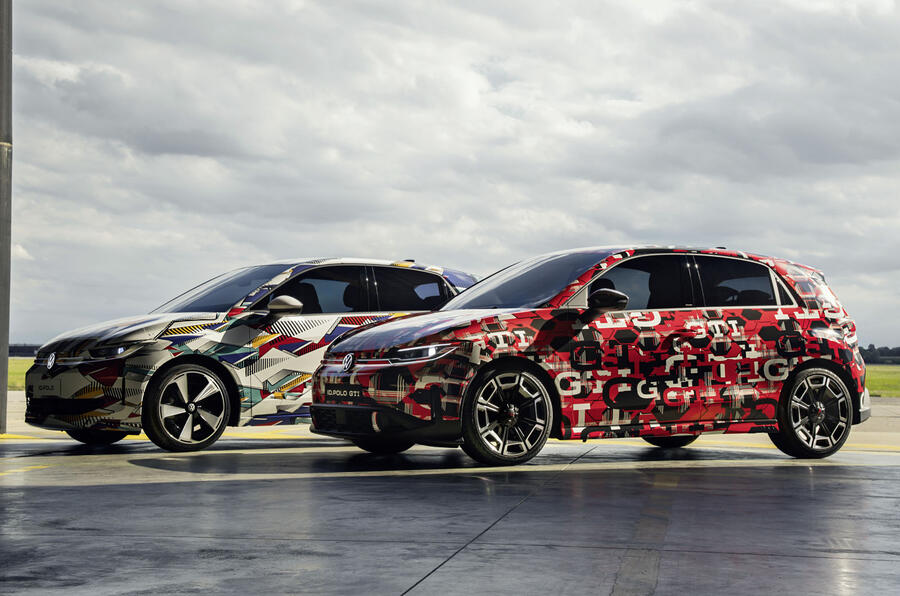
Like the standard ID Polo, the ID Polo GTI has been shown in near-production camouflaged guise. The pair share mostly the same design, but the GTI does sport some more aggressive cues, including slightly flared wheel arches, a small front diffuser, split boot-mounted spoilers and a pair of rear bumper cutouts (likely to mimic exhausts). It also appears to get larger alloy wheels of a bespoke design.
The regular ID Polo measures 4053mm long, 1816mm wide and 1530mm tall, which would make the ID Polo GTI only slightly larger than the A290.
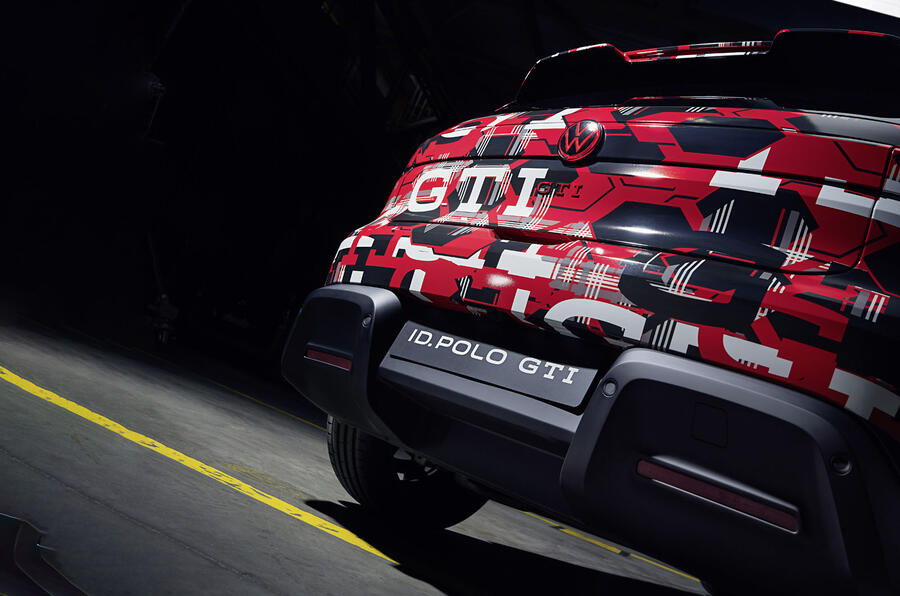
The standard ID Polo is tipped to be priced at around £22,000, but we expect the hot version to start closer to £30,000. For reference, the A290 starts at £32,000 with the government's new Electric Car Grant added.
Following the ID Polo GTI, Volkswagen is preparing to expand its performance brand across multiple electric model lines. CEO Thomas Schäfer previously told Autocar the new hot EVs will be "mind-blowing" to drive.
Secondary Cockpit Barriers Set to Become Standard on Commercial Flights

Compact Range Extender Promises Easy EV Conversions and Longer Drives
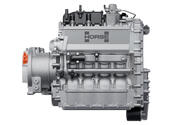 Engine builder backed by Renault, Geely and Aramco claims new kit is no larger than a briefcase
Engine builder backed by Renault, Geely and Aramco claims new kit is no larger than a briefcase
Combustion engine firm Horse has revealed a range-extender powertrain that has been designed to allow easy conversions of battery-electric vehicles.
The new set-up, which will be shown by the Renault, Geely and Aramco joint venture at the Munich motor show, comprises a naturally aspirated 1.5-litre four-cylinder engine with an integrated generator and inverter. It produces up to 94bhp and is claimed to be no larger than a briefcase. As such, the unit – named C15 – can be installed in the ‘frunk’ of an EV or at its rear end, either horizontally or vertically.
There will also be a turbocharged version capable of putting out 161bhp that is aimed at D-segment models and commercial vehicles.
The engines have been designed to run on petrol, synthetic fuels and ethanol or methanol flex-fuel. They are said to be compliant with the upcoming Euro 7 emissions regulations.
Neither unit has been engineered to drive a car’s wheels. Instead, they will run in their most efficient rev range for generating electricity for an EV’s drive battery, balanced against noise, vibration and harshness requirements.
Horse CEO Matias Giannini said: “Range-extended EVs [REEVs] are the fastest-growing powertrain category in many global markets. The Horse C15 range-extender solution offers [car companies] a straightforward and cost-effective way to tap into this opportunity, and adapt their native BEV platforms into REEVs. We believe demand for REEVs will continue to grow.”
What to Do If Your Brakes Fail at Highway Speed
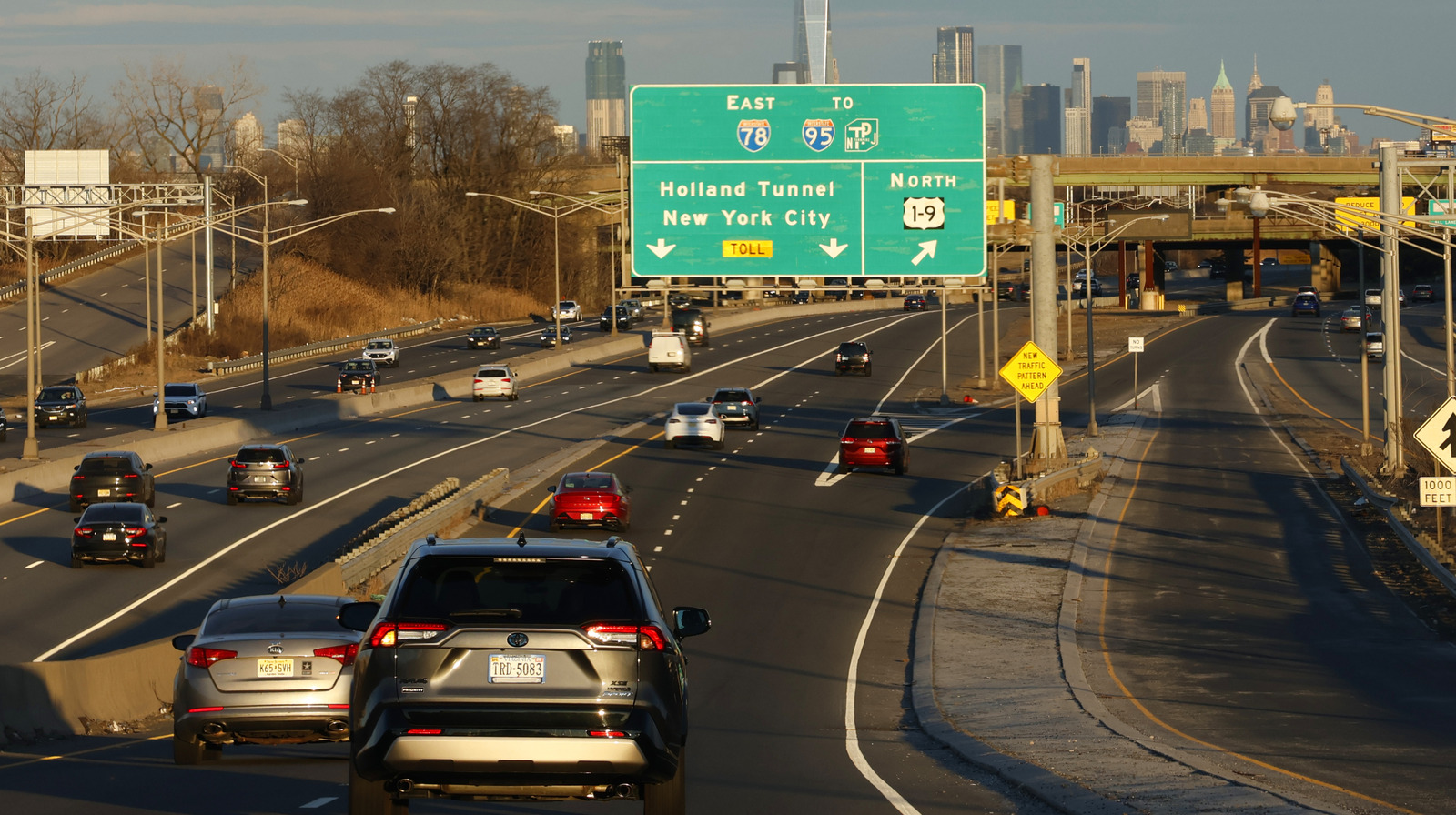
Toyota Invests in Czech Factory to Launch Next-Generation Electric Car and Boost Local Jobs
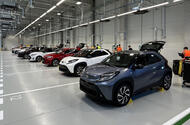
Toyota currently builds the Yaris Hybrid and Aygo X in the Czech RepublicCzech factory to be upgraded with new line, battery plant and paint shop for new model
Toyota will build its next battery-electric car at the Aygo X and Yaris factory in the Czech Republic, the company has confirmed.
An investment of €680 million (£592m) will be used to expand the factory from 152,000m2 to 173,000m2, adding a new battery production line, paint shop and welding facility.
The new development will increase the plant’s capacity beyond its current 220,000 cars per year, said Toyota, and the majority of components used for the new model will be sourced from within the Czech Republic.
The company has yet to confirm what form the new model may take. The company referred to “multi-pathway” production, suggesting it might be a Europe-focused EV based on the same TNGA-B structure as the Yaris.
However, it could occupy an altogether different market segment. Toyota Europe product and marketing boss Andrea Carlucci told Autocar earlier this year that an electric car in the vein of the Yaris was not yet viable. "We have deliberately decided to start [our electric car sales] in the fastest-growing segments [C, D and E],” he said. “The right moment will arrive, but this is not quite now.”
Toyota’s investment in the factory is backed by €64m (£56m) of funding from the Czech government. Czech prime minister Petr Fiala described the development as “crucial” for the future of the nation’s car industry, adding it will create 245 new jobs.
BMW Vision CE Unveils Helmet-Free Riding with Innovative Metal Rollcage
